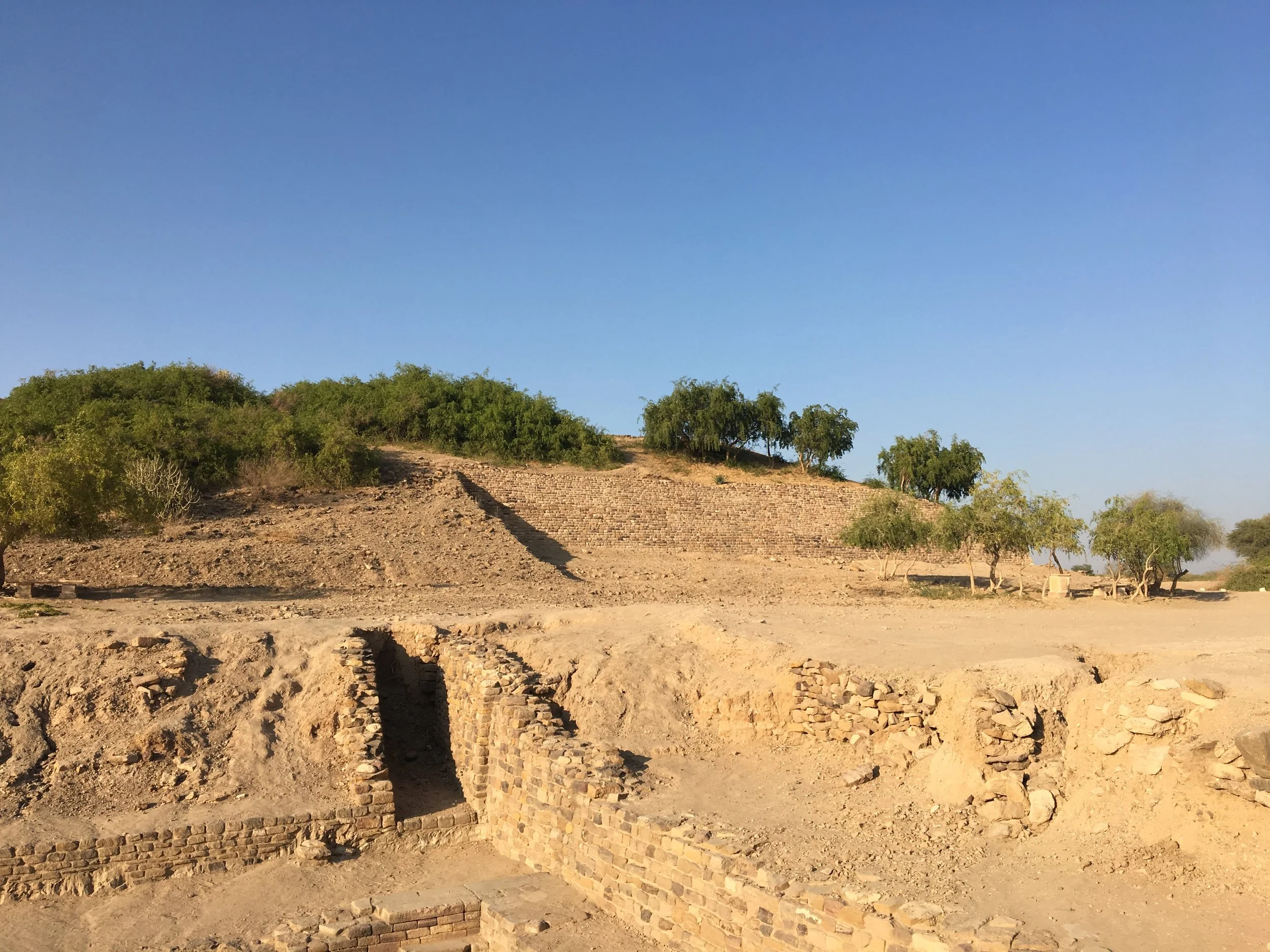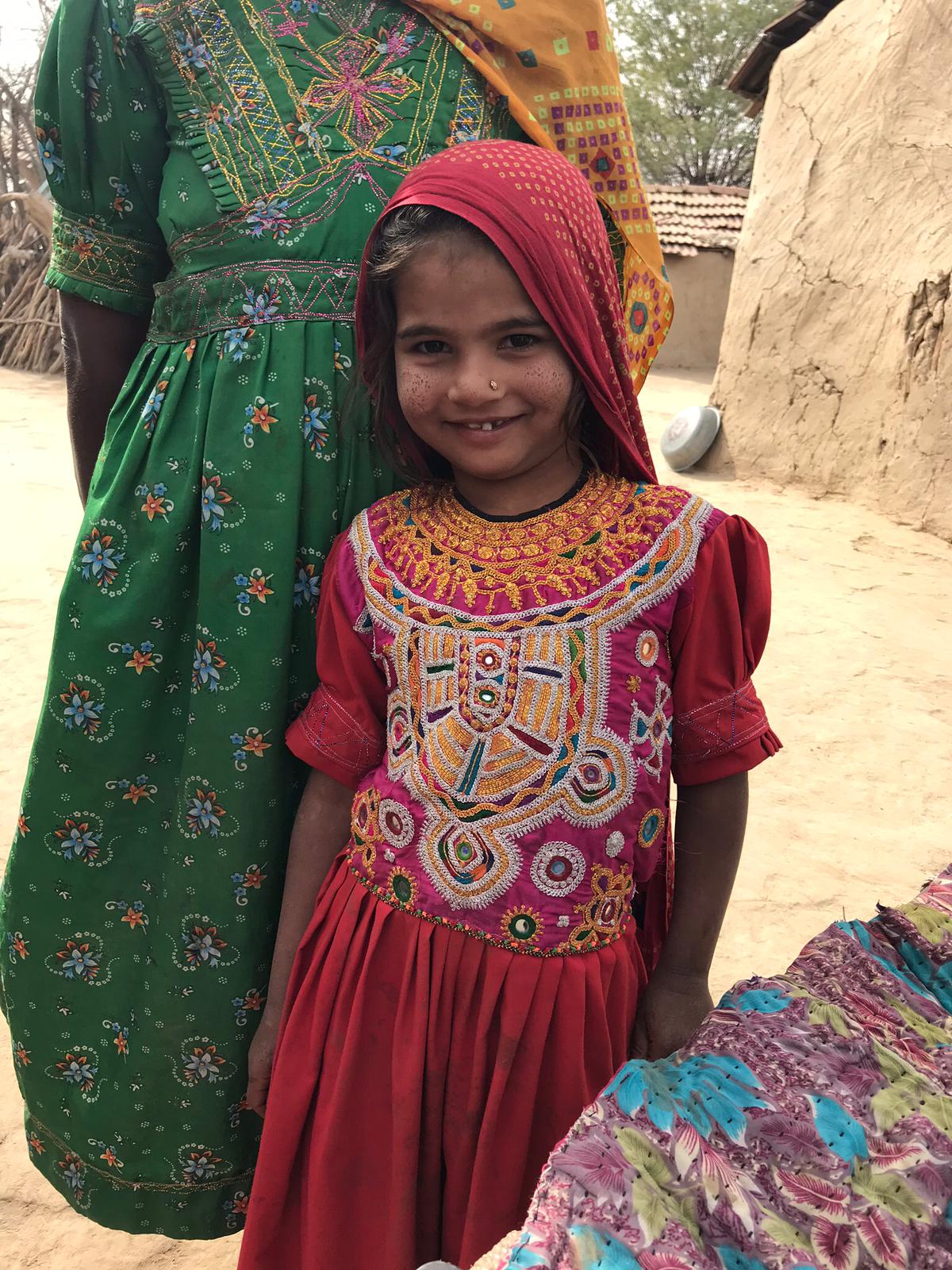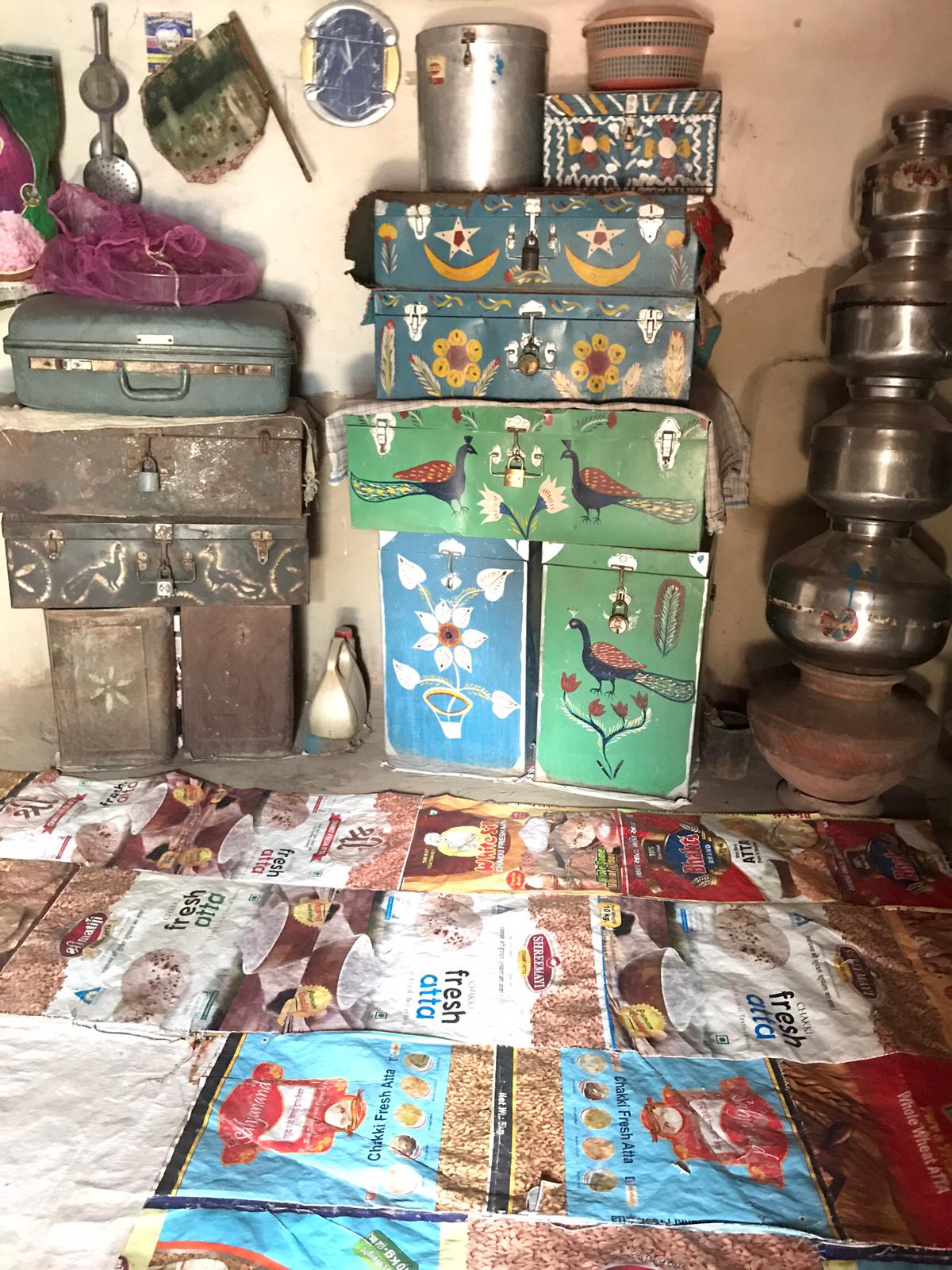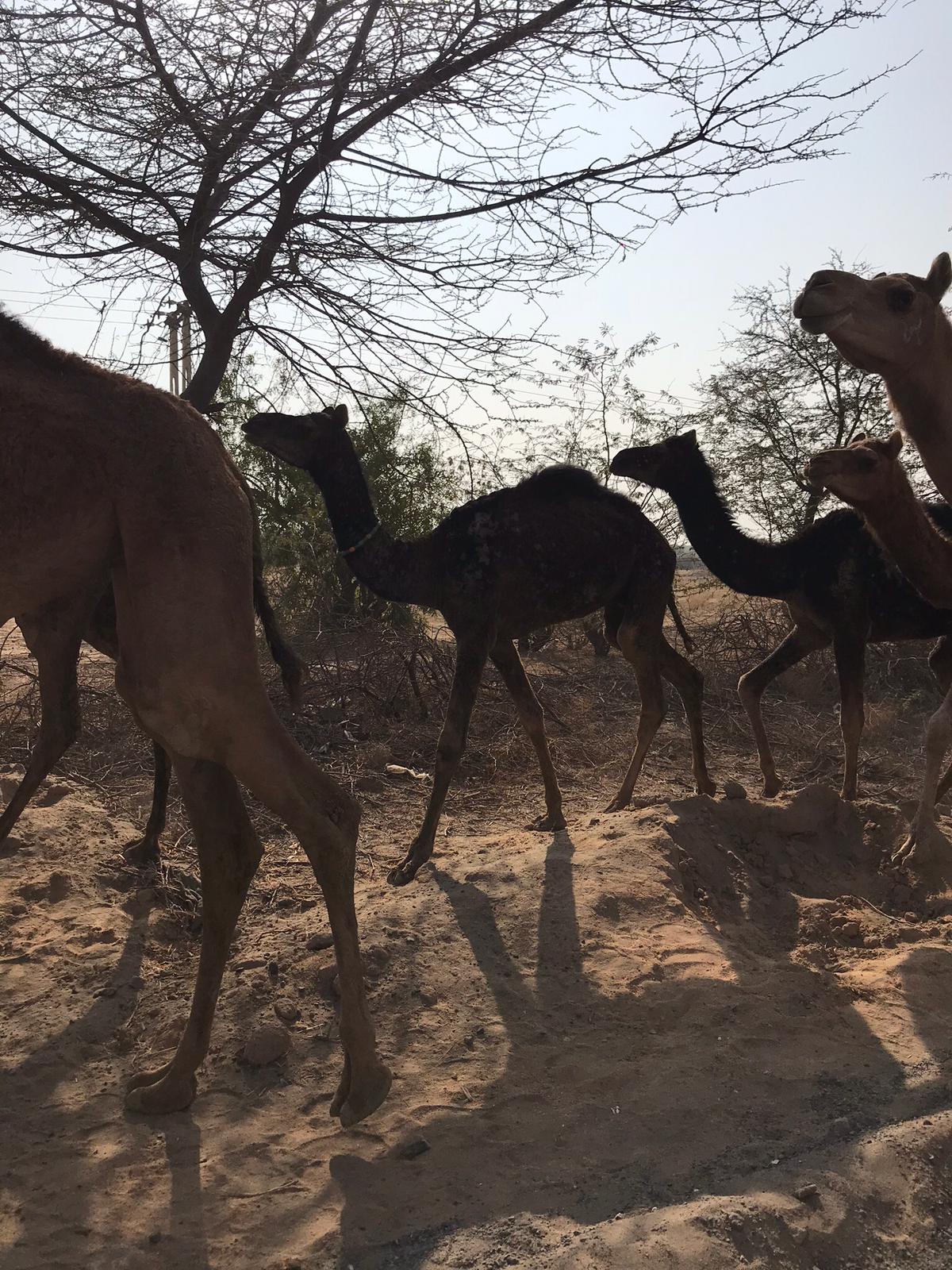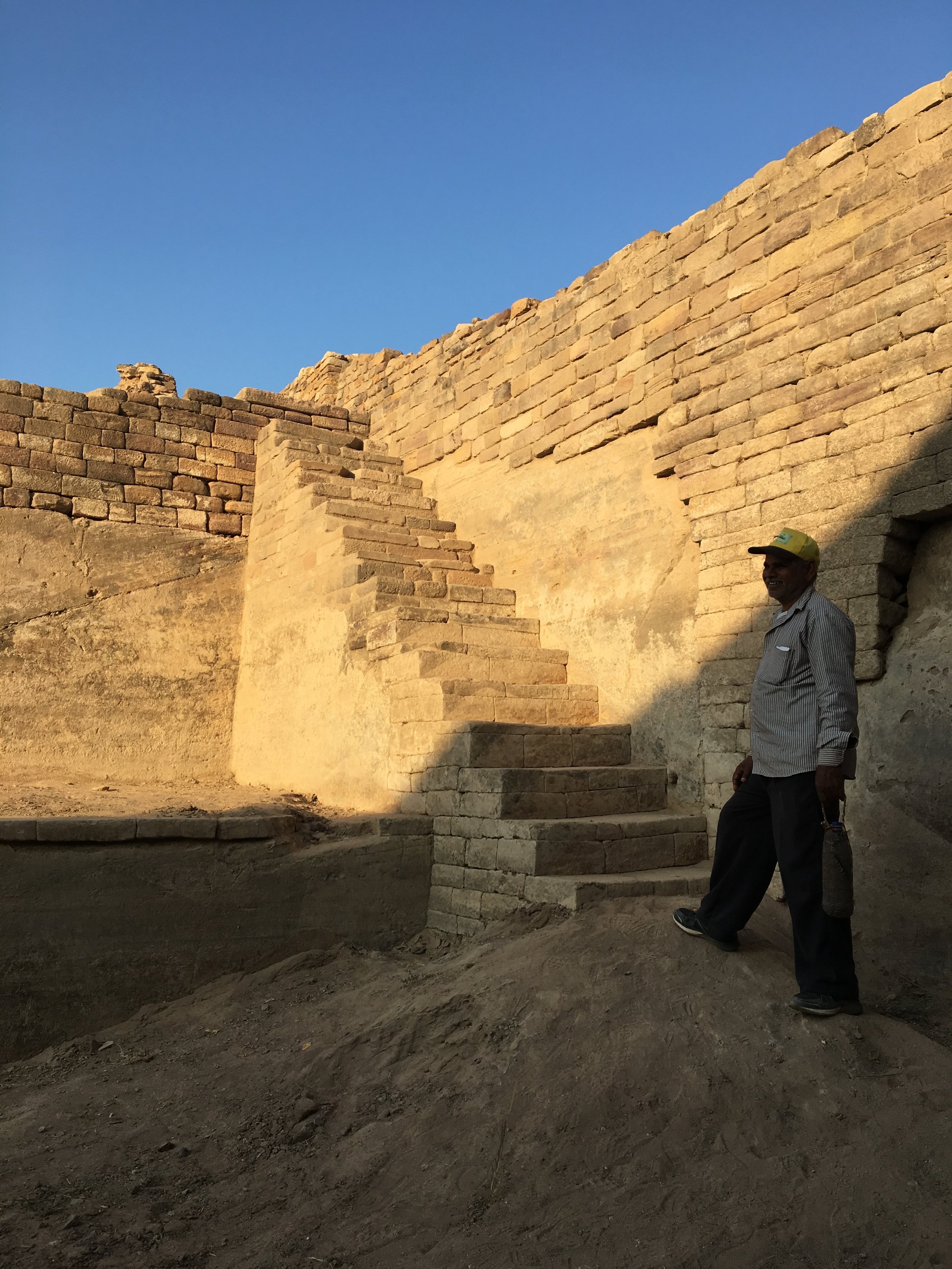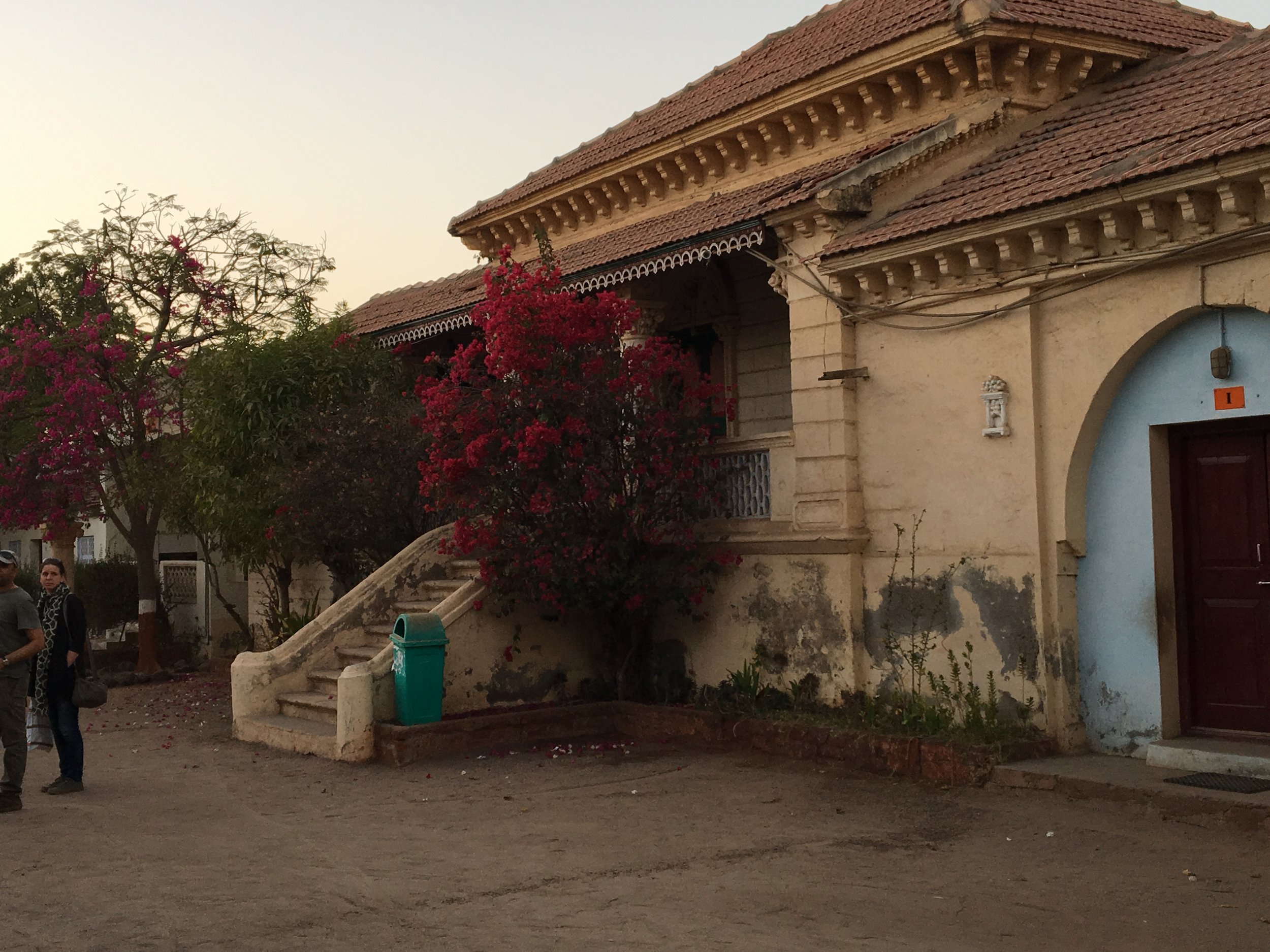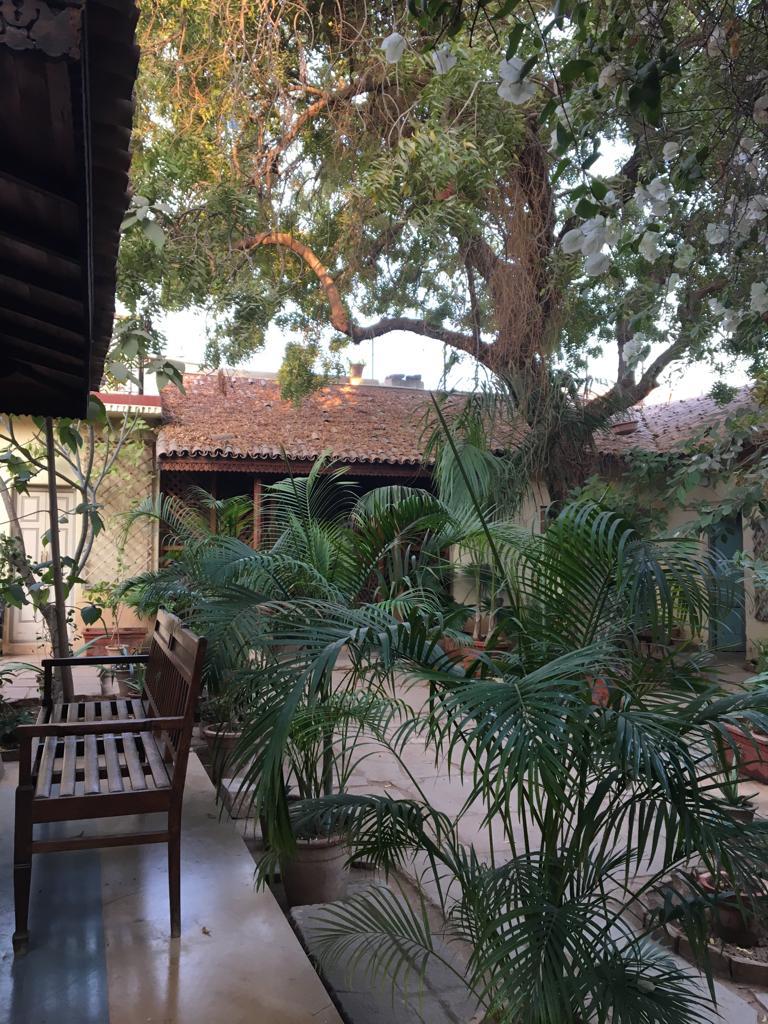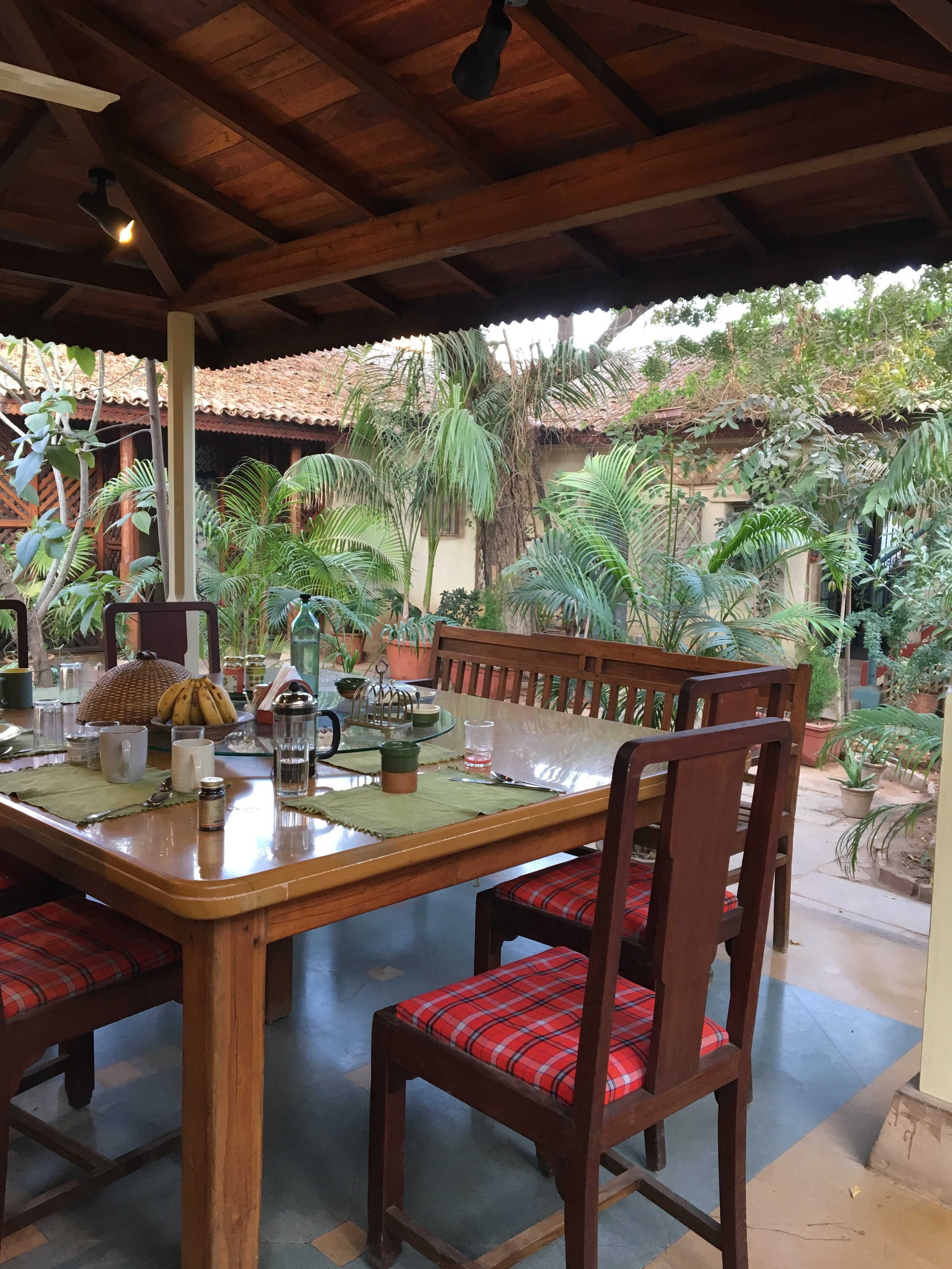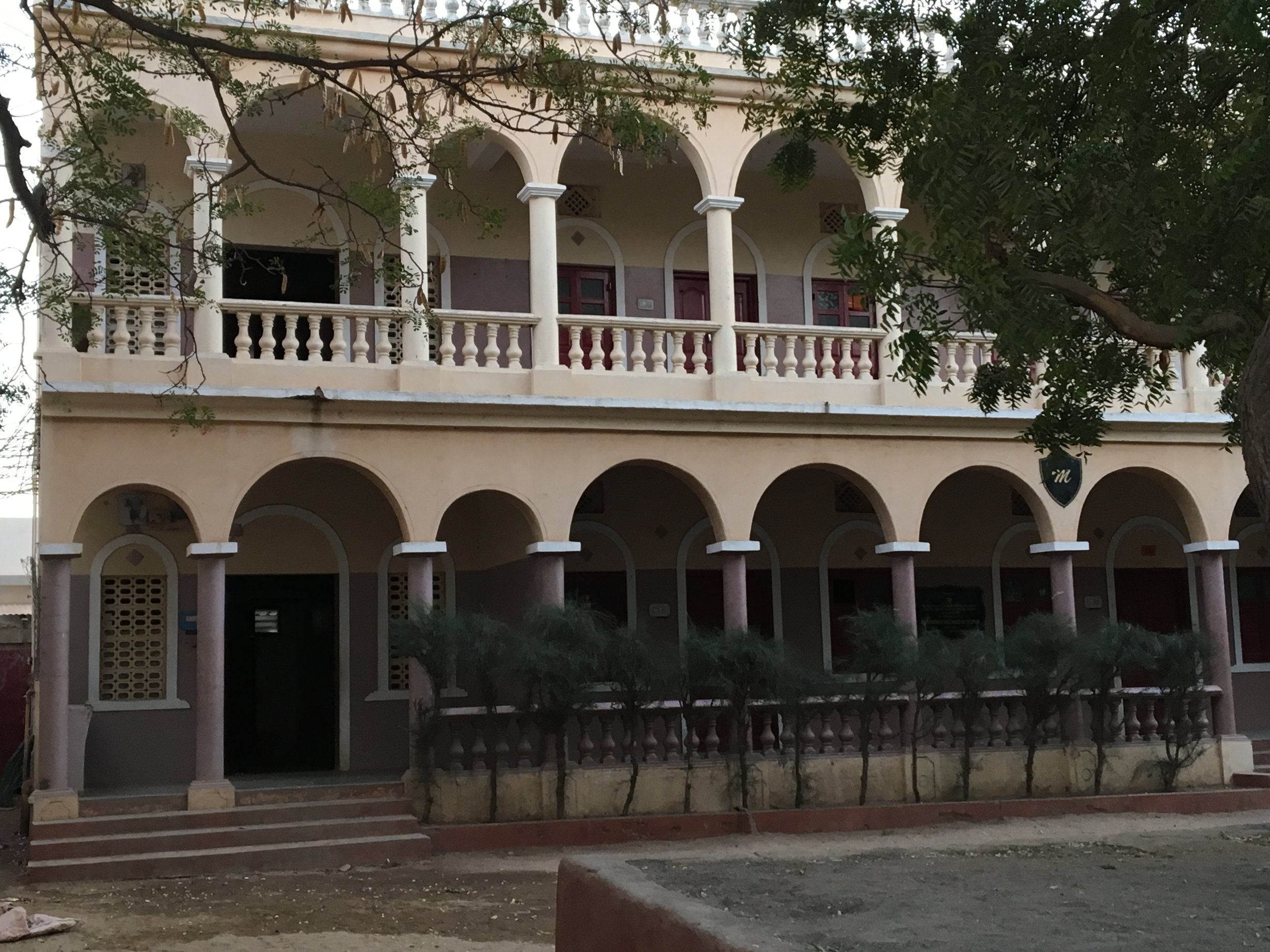Bhuj and the Rann of KUtch
The relatively small area that is Kutch (or Kachchh) is remarkable for its stark landscape and great wealth of creativity. An arid land which has seen large movements of people in and out, bringing with them their traditional weaving, embroidery, ajrakh (block print), bandhni (tie die) and mirror work, as well as leather, lacquer and metal work; the diversity of craft and culture is quite overwhelming. Appalling natural disasters such as the devastating earthquake of 2001 have instilled a spirit of perseverance and regeneration alongside some hugely positive foreign aid work that has put Kutch firmly on the map as a centre for crafts. It is still however pretty much untouched by mass tourism and along with the craft there is great wildlife and architectural heritage including the remains of the 2500 BCE Harappan city of Dholavira.
we now run a Biannual fully accompanied 15 night small group tour wHICh includes multiple workshops with the craftspeople of the region
‘above and beyond all our expectations’ Hilary Jan 2025
‘getting in touch with you was the best thing I have done’ Jill Jan 2025
WHAT TO SEE AND DO
Bhuj itself warrants several days’ stay, with a multitude of villages in the surrounding area all with their own craft traditions and ways of life. You can visit craftspeople in their homes and workshops; there are various NGOs with their own outlets; and the fabulous embroidery museum Shrujan is worthy of a full morning. The stories behind the textiles are fascinating, and the way migrating communities have managed to carry their culture with them is hugely moving. The city of Bhuj still retains some of its old buildings despite the losses of the earthquake, and has a friendly small old town feel to it. The food is fantastic, with fried snacks ‘farsan’ a speciality. It is well worth taking a street food walk with Kurshed the Parsi manager of The Bhuj House.
The port town of Mandvi is a half day trip from Bhuj, famous for its ship building tradition (continuing to this day) and is crammed to the gunnels with beautiful old houses, not least the Vijaya Vilas Palace by the quiet (on week days) beach.
The Banni Grasslands, whose monsoon fed lake Charri Dhand was this year struck by drought and thus home to hundreds of steppe eagles and long legged buzzards as opposed to the usual mass of migrant waders, is a vast stretch (almost 4000 square kilometres) of seasonal, salt tolerant grassland and wetland. Fabulous birding and extraordinary landscape.
The Great Rann of Kutch, a salt desert stretching 150 kilometres north right up into Pakistan. It defies comparison: silent, stark, eerily beautiful.
Dholavira is a small village in northern Kutch where, fifty years ago, the Archeological Survey of India discovered the remains of a highly sophisticated Harappan city. Its water management systems are complex, elegant and in remarkable order; the rows of shop foundations highly evocative, as is the vast stadium where one can imagine games or plays being staged to the roars of the crowds for whom seating still remains. Modern crowds remain entirely absent. This is a site of great beauty and historic importance.
The Little Rann of Kutch is home to the world’s only population of Asiatic wild ass as well as three antelope species: nilgai (blue bull), black buck and chinkara (gazelle) and migrant birds such as flamingoes.
Where to Stay
We are wonderfully blessed in Bhuj to have Jehan and Kate Bhujwala’s The Bhuj House in which to base ourselves. They have lovingly and sensitively restored the Parsi family home, and it is a gentle triumph. It has just four bedrooms around a green and shady courtyard with a shared kitchen dining area where you’re likely to have extremely interesting dinner conversations. Kurshed the manager is an excellent cook and you have the benefit of sampling the very distinct Parsi food within The Bhuj House. Kate and Jehan also run Shergarh Tented Camp in Kanha and have been our friends for over a decade.
To access the Banni we overnight in the early twentieth century manor house that is Devpur Homestay and Farmstay. This is the lovely heritage home of Krutarthsinh, whose school White Eagles is situated on site. Krutarth is a thoughtful and cultured man and it’s a huge pleasure spending time in his company.
Tourism in Dholavira is very much in its infancy but the new Rann Resort Dholavira offers clean, comfortable and friendly accommodation in traditionally styled cottages with attached bathrooms.
Sample Itinerary and Costs
A fourteen day tour beginning with two nights in Mumbai and ending with two in Ahmedabad, taking in Bhuj, the Great and Little Ranns, Mandvi and Dholavira with a halt at the 1000 year old step well Rani-ki-Vav at Patan en route to Ahmedabad would cost approximately £3350 per person based on two sharing, including domestic flights and transfers but not international ones, a mix of full board and B&B, all guiding, entrance fees and vehicle costs. Small group, specialist textile tours with workshops and an accompanying expert tour leader from £4150 per person.

